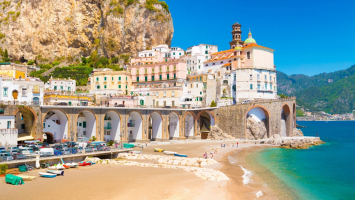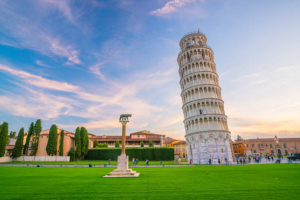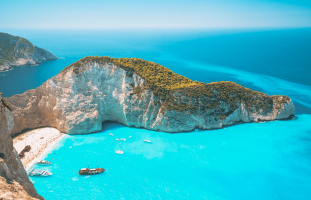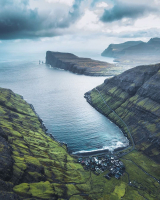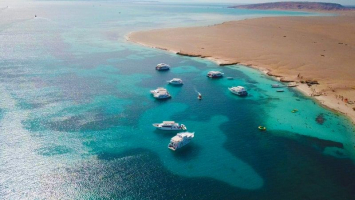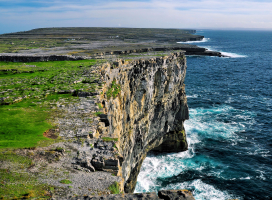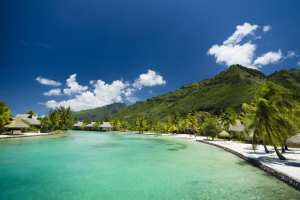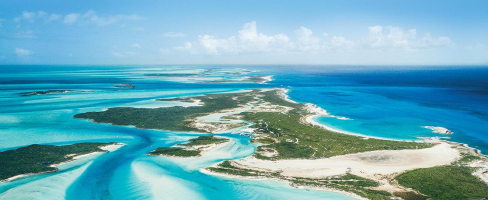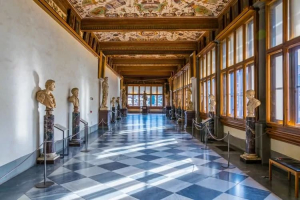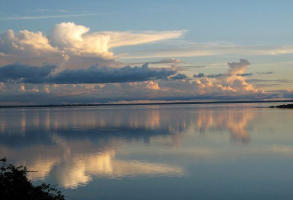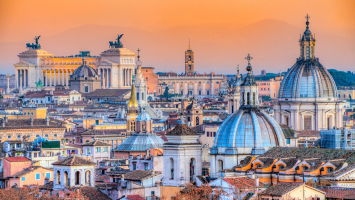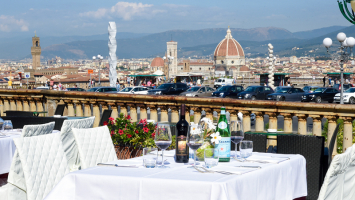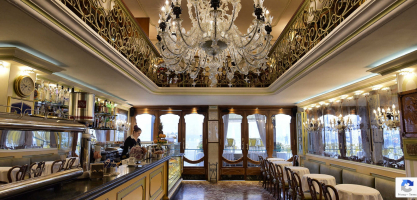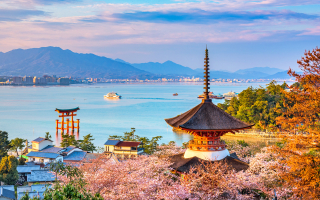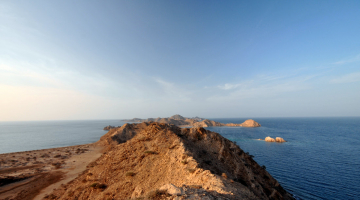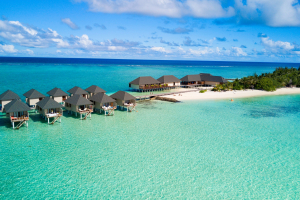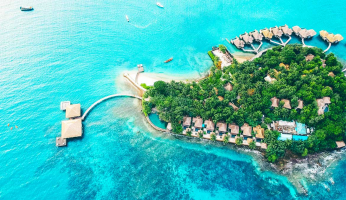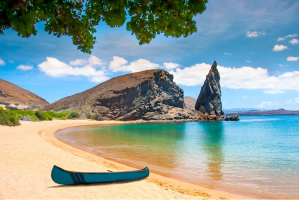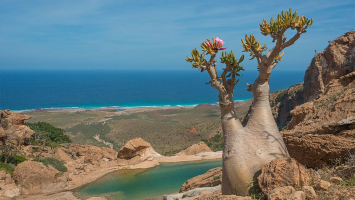Top 9 Best Islands in Italy
It's hardly unexpected that Italy has a lot of islands because it's surrounded by sea. Their variety, on the other hand, astounds. The islands of Italy span ... read more...from Sicily and Sardinia, which are nearly states in their own right in the Mediterranean, to the small Isola Bella in Lake Maggiore, which is barely large enough to sustain the palace and gardens that cover it. Whether you're searching for a deserted beach, a vibrant resort scene, a romantic getaway, or a chance to discover enigmatic prehistoric monuments, this list of the best islands in Italy has you covered.
-
Sicily, which is often ranked as one of the greatest destinations to visit in Italy, may appear to be a distinct country. It is the biggest island in the Mediterranean, covering almost 10,000 square miles and roughly the same area as Luxembourg.
Sicily (one of the best islands in Italy) undoubtedly offers enough tourist attractions to warrant a separate vacation rather than a brief stop on a grand tour. Sicily appeals to a wide range of tourists, with seven UNESCO World Heritage Monuments – three ancient sites, two natural marvels, and two architectural masterpieces – and more than its fair share of stunning beaches.
Temples, amphitheaters, and villas from the ancient Greek and Roman civilizations are the finest ancient structures surviving: at Selinunte is one of the largest Greek temples; at Agrigento, one of the most perfectly preserved. The powdery white sands and crystal blue waters of San Vito Lo Capo rank it as one of Italy's best beaches.
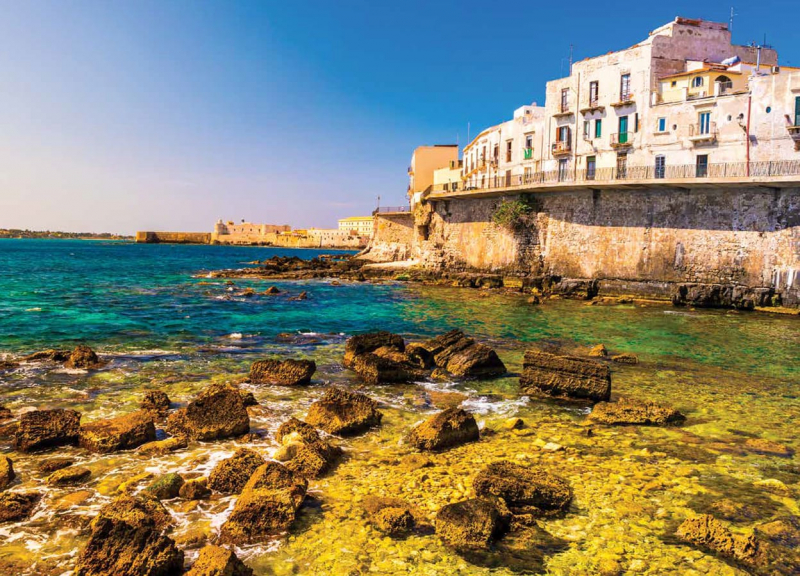
Source: topflight.ie 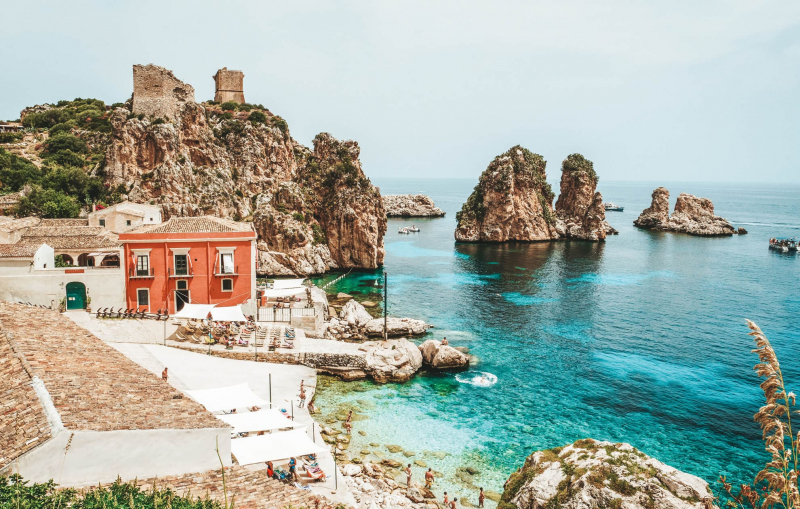
Source: contiki.com -
Sardinia appears to be even more separate from the mainland than Sicily, with its own language, cultural traditions, and even a distinct cuisine. If international tourists have heard of it, it's because of the Costa Smeralda's renowned white beaches and green seas, which is one of Europe's top summer vacation destinations. Much of the island is surrounded by golden sands, and the beaches on the island's southern and western sides are equally beautiful.
Many people are surprised by how swiftly Sardinia's hinterland climbs to soaring jagged mountains, concealing communities that appear to be from another century. The hundreds of prehistoric ruins, particularly the circular stone towers known as nuraghi that dot the island landscape, are also astonishing - much to the joy of those interested in history's riddles.
Little is known about their beginnings, but several are so well-made that you may explore corridors and ascend spiral steps created in the Bronze and Iron centuries. More mystery megaliths and stone carvings add to the island's cryptic past. And the gorgeous sandy beaches are never far away.
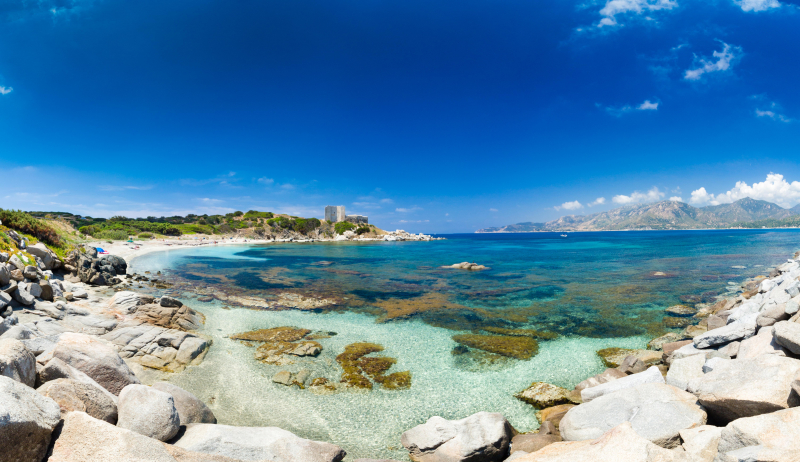
Source: tourradar.com 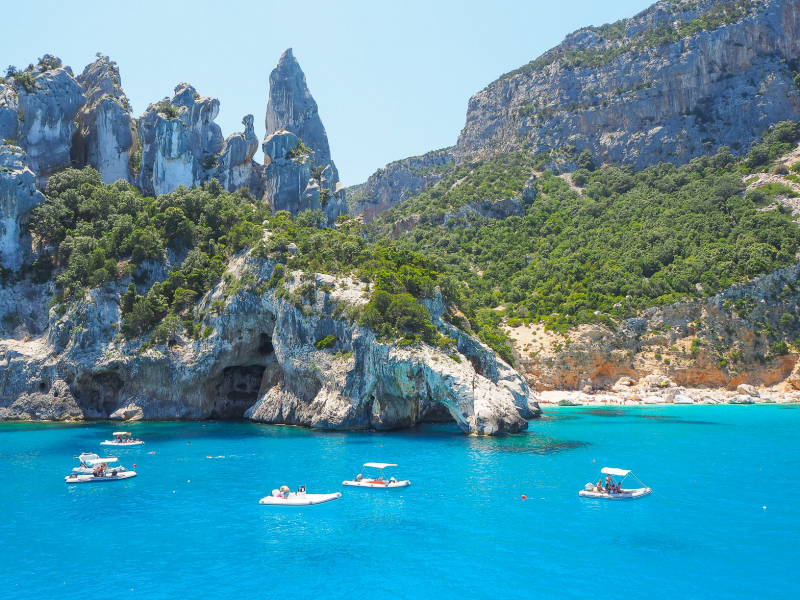
Source: travelwithbrothers.com -
The name of this island in the Bay of Naples evokes a romantic air, one of the best islands in Italy. Its steep cliffs rise nearly straight out of the lake, concealing its most famous feature. The Blue Grotto is a marine grotto into which small boats may navigate; within, reflected sunlight paints the water a brilliant blue.
Boat rides around the island show numerous caverns, arches, and the Faraglioni, a characteristic rock structure of sea stacks on the island's south shore. Capri and Anacapri, the island's two cities, have a holiday atmosphere, as tourists arrive on boats from Naples and Sorrento.
Aside from the cafés and trendy stores, the exquisite mansion and gardens of San Michele, and the Giardini di Augusto (Gardens of Augustus) high on the cliffs overlooking the Marina Piccola and the Faraglioni, are Capri highlights. Trails follow the shoreline for amazing views, or take a chairlift to the summit of the tallest hill for panoramic views of the entire island.
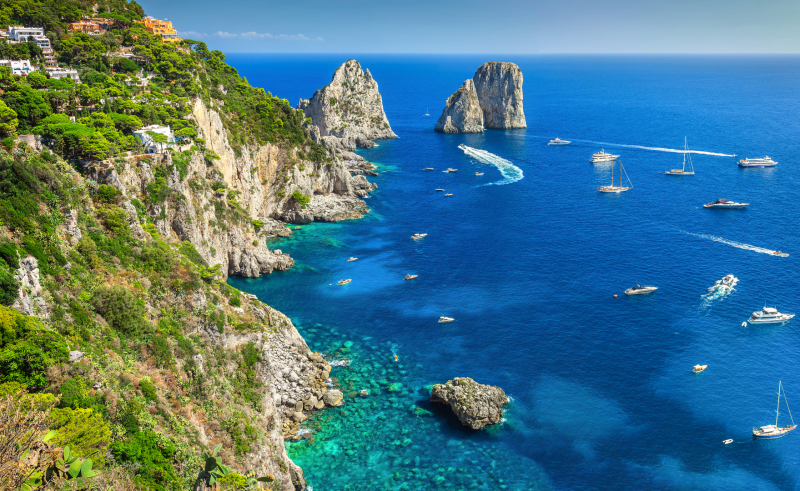
Source: sailingeurope.com 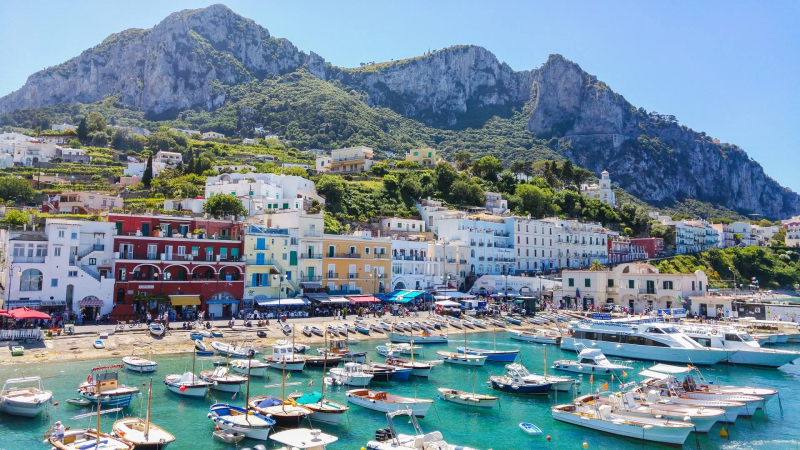
Source: holidayguru.ch -
Despite the fact that the city is united by a causeway, Venice is made up of islands connected by bridges or distributed around the lagoon. Tourists are drawn to four of the "detached" islands in particular.
The Lido is Venice's playground and Europe's first beach resort, where royalty congregated at the great hotels that now line the shores. Although it is less glitzy nowadays, it retains a festive holiday mood and some wonderful Art Nouveau buildings. An afternoon at the Lido is a favorite activity for families traveling to Venice with children.
Murano is the famous Venetian glass city, and its canal is dotted with glassblowers' workshops and stores selling their work as well as less creative foreign glass souvenirs. To discover more about the glass blowers and the island's history, take the Vaporetto and visit the glass museum at the 17th-century Palazzo Giustinian.
A lengthier boat journey will take you to Burano, where the canals are dotted with brilliantly painted buildings. It is famous for its lace, although much of what you see in its shops is imported and not handcrafted. Stop by the Scuola dei Merletti (lace school) and its modestClose to Burano is Torcello, of interest for its history as the original site of Venice, as early as the seventh century. Little is left of the once flourishing town except for its cathedral, dedicated in 639 and considered the best remaining example of Venetian-Byzantine architecture. The excellent mosaics date from as early as the 11th century.
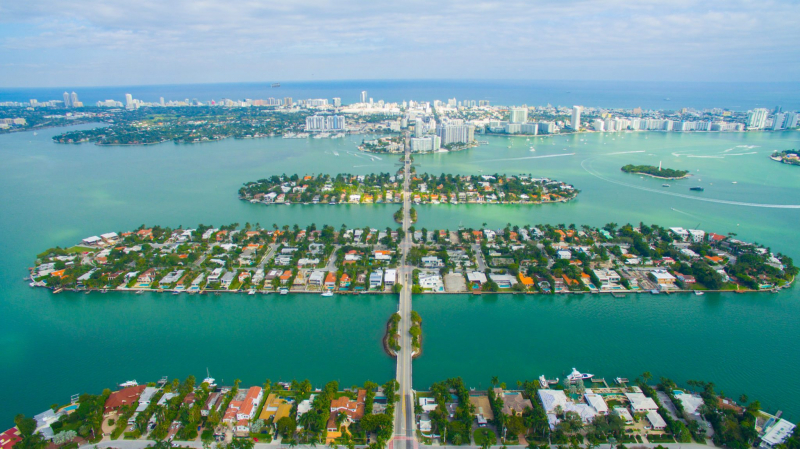
Source: miawaterfront.com 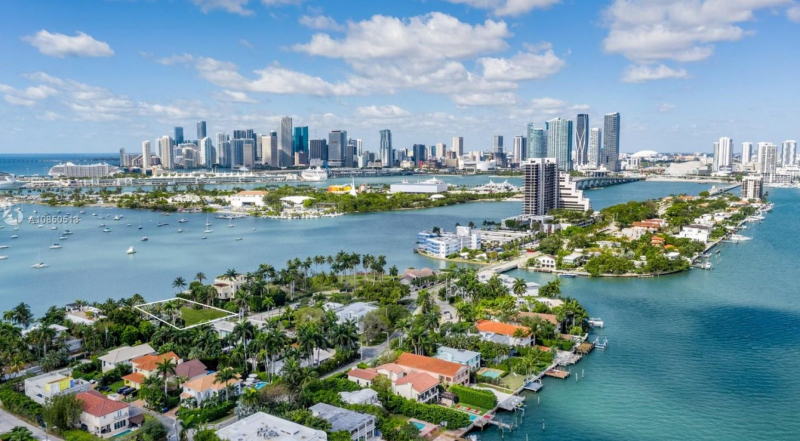
Source: golodgroup.com -
Hot springs lured ancient Greeks and Romans to the Bay of Naples island of Ischia - one of the best islands in Italy, and travelers have enjoyed its beaches and rich gardens ever since. Head to Spiaggia Citara, where the exquisite grounds of a high-end thermal treatment overlook the shore, to locate all three. Alternatively, three open-air hot baths are accessible from the three-kilometer beach at Spiaggia dei Maronti, near the southern settlement of Sant'Angelo.
In the summer, expect busy beaches, or take a boat taxi to one of the hidden coves. From Forio on the west coast, you may visit Giardini Ravino, which has succulents and cactus, or the spectacular La Mortella, which was designed by Susana Walton and British musician Sir William Walton.
You may take a ferry from Naples to Ischia, and then from either Naples or Ischia to the smaller – and less busy – island of Procida.
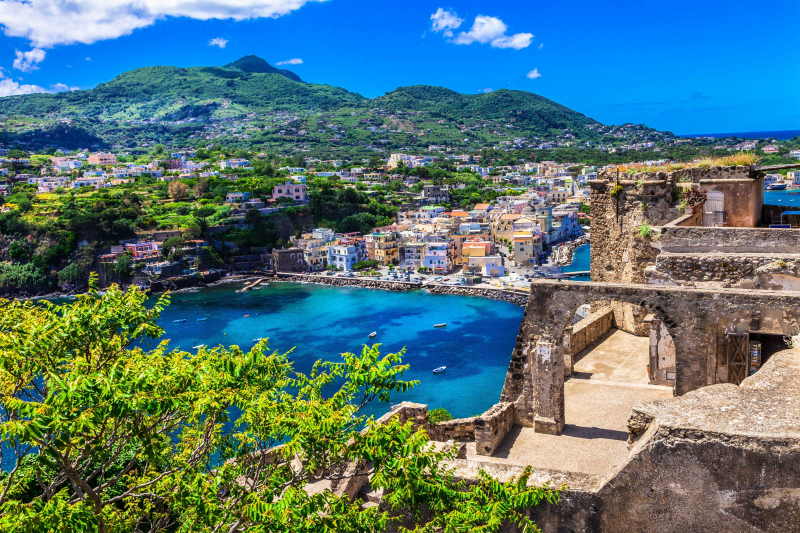
Source: urlaubsguru.de 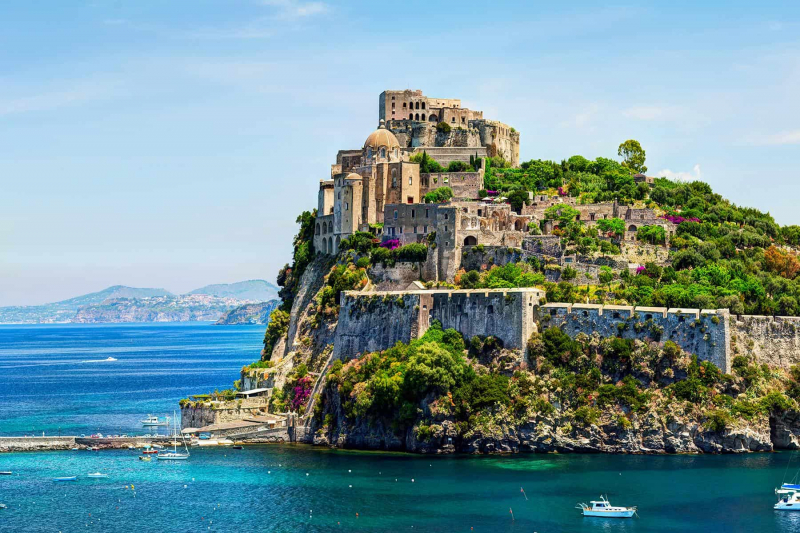
Source: estyes.ee -
Elba is best known to sun and sand seekers for the kilometers of beaches that border its craggy shore. It is recognized to history enthusiasts as the exiled Napoleon Bonaparte's residence and it's also is one of the best islands in Italy
Elba is an island off the coast of Tuscany that may be accessed by boat from Piombino, on the Tuscan coast south of Livorno. It boasts over 150 beaches. They range from huge lengths of sandy beach to little pebble-beach coves. Some, like Sansone, offer shallow, gentle slopes that are ideal for families. SCUBA diving is popular in the seas off the sea cliffs.
Aside from the beaches, there are other activities to do in this area. Hikers appreciate the island's paths, and if you prefer dizzying thrills, take the basket-like cable car to the peak of Monte Capanne. Napoleon's Villa dei Molini in Portoferraio and his summer hideaway, Villa Napoleone on Monte San Martino, are two of the most popular destinations to visit.
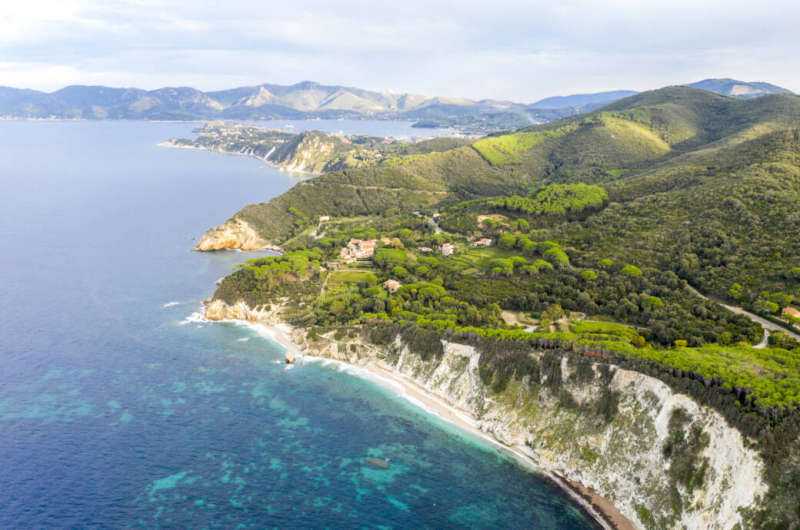
Source: travelbook.de 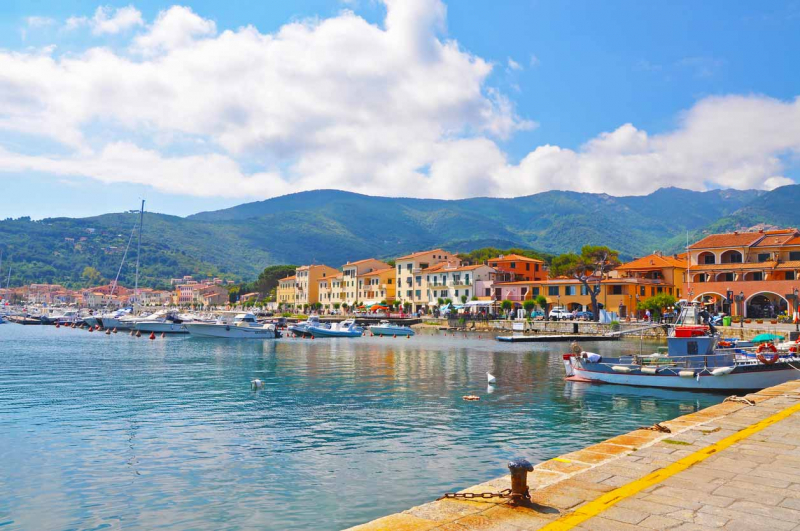
Source: holidu.de -
Count Vitaliano Borromeo erected terraces on Isola Bella, a little island outside Stresa on Lake Maggiore, in the mid-1600s, building a luxurious summer castle and a terraced garden that seeks to incorporate every characteristic of Italianate gardens into a very small space. Both have resulted in a sensuous overload of gilded flourishes, enormous salons, sculptures, trees, flowers, and even a shell-encrusted false cave.
It's a lot of fun to see, and then you'll enjoy a calm stroll around the adjoining Isola Madre's large gardens and covered lakeside paths, which has its own more modest summer castle.
Stop for lake fish in the much tinier Isola Pescatori, a fishing community that completes the Borromean Islands trilogy. You may easily see all three in a single day by boat on a Lake Maggiore Isola Bella. From Stresa, take the Hop-On Hop-Off Ferry Tour and spend as much time as you wish seeing the palaces and gardens. It is one of the best islands in Italy.
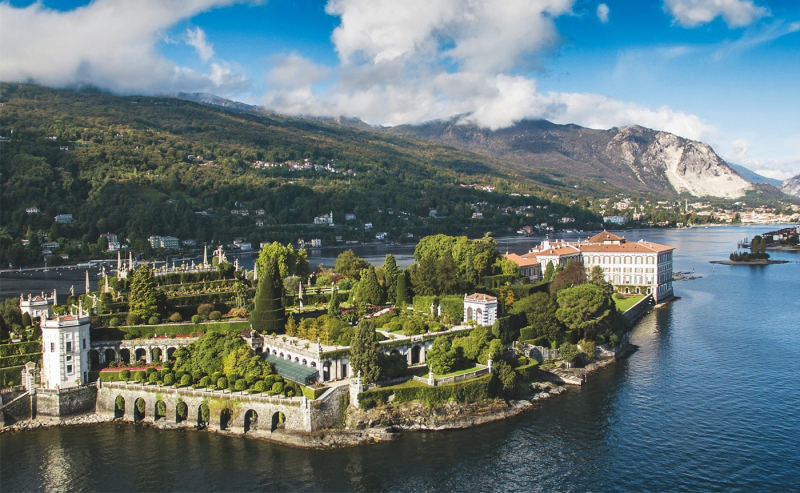
Source: romeanditaly.com 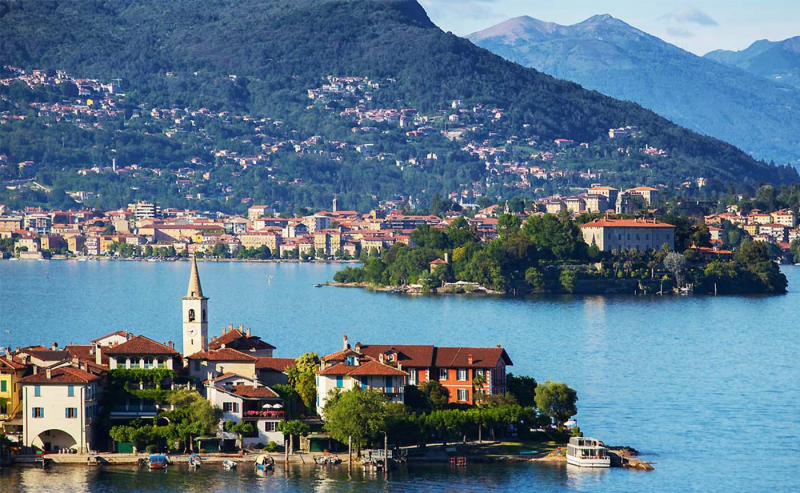
Source: romeanditaly.com -
Stromboli is only one of the Aeolian Islands off Sicily's north coast, and it may be accessed by ferry from Messina or Milazzo. Vulcano (nearest to the Sicilian coast), Lipari, Salina, Filicudi, Alicudi, and Panarea are the archipelago's other six principal islands, all rising from a 4,000-meter-deep seabed.
The volcano erupts so often that cruise liners schedule their departures from Sicily for the evening so that they may sit off the coast of Stromboli and watch the pyrotechnics against the night sky. It's quite a sight, and seeing it from the deckchair of a cruise ship on a breezy Mediterranean night is one of Italy's most romantic experiences.
What makes it so fascinating – after all, it is a living and extremely active volcano – is that you never know what an uncorked hole in the ground may accomplish. Stromboli blew off a whole slope of the island in 2002, sending it careening into the sea.
The islands are famous tourist destinations due to their warm temperature, volcanic scenery with fumaroles and hot springs, historic relics (humans have lived here since the Neolithic age), trekking, and water sports. On the Vulcano and Lipari Aeolian Islands Daily Cruise from Messina, you may tour Lipari as well as another Aeolian island.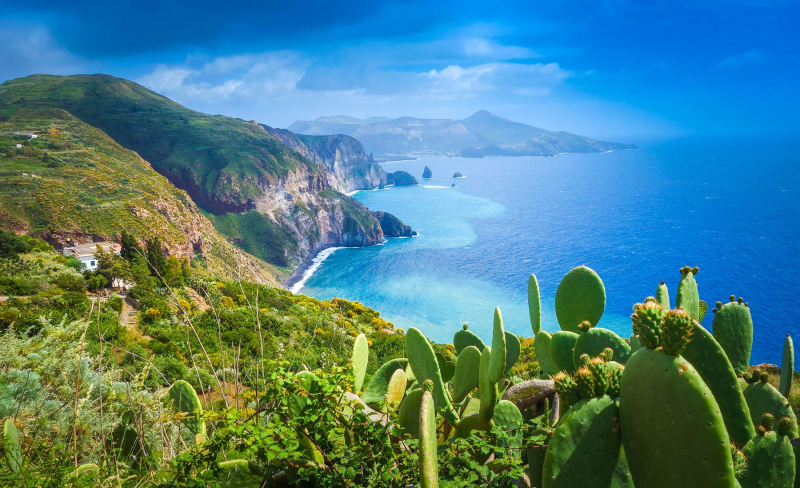
Source: classicsicily.com 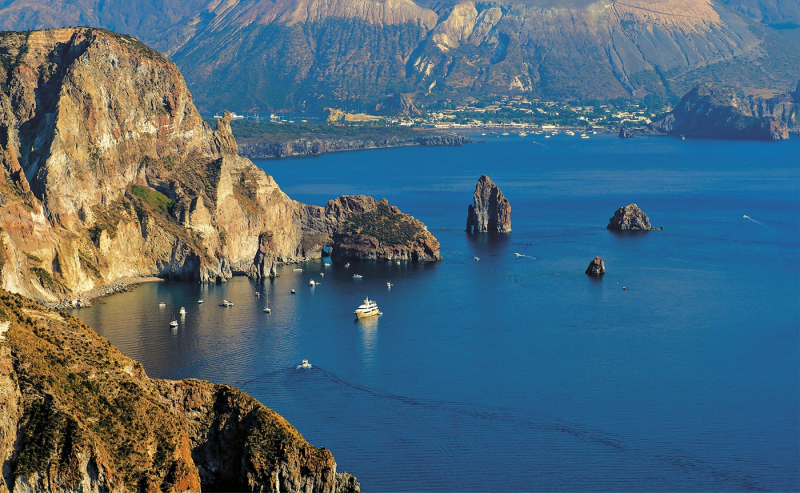
Source: romeanditaly.com -
The Tremiti Islands, located in the Adriatic north of the Gargano Peninsula and part of the Gargano National Park, is a little-known archipelago named after seismic activity (termite means earthquakes). San Nicola is the most inhabited, while San Domingo, which has the only sandy beach, Cala delle Arene, is the best developed for tourists. Capraia, Cretaccio, and Pianosa, the smaller islands, are deserted.
A boat tour of the islands, with stops at secluded coves and snorkeling spots, is a great way to see the islands. Divers have long kept the islands a secret. Under the sea, there are caverns, rock formations, black coral, World War II airplane wreckage, and even a statue of Padre Pio, a celebrated 20th-century saint from that region. Some of the established underwater nature pathways are also accessible to snorkelers.
Water sports and walking paths are the most popular activities on the Tremiti Islands, although there are a few attractions to visit in the cities, including the Abbey of Santa Maria al Mare and a powerful fortress on San Nicola.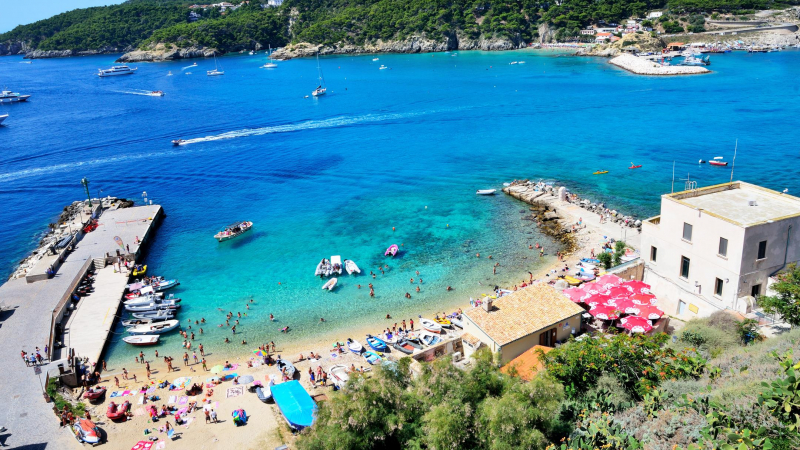
Source: hotelscombined.cz 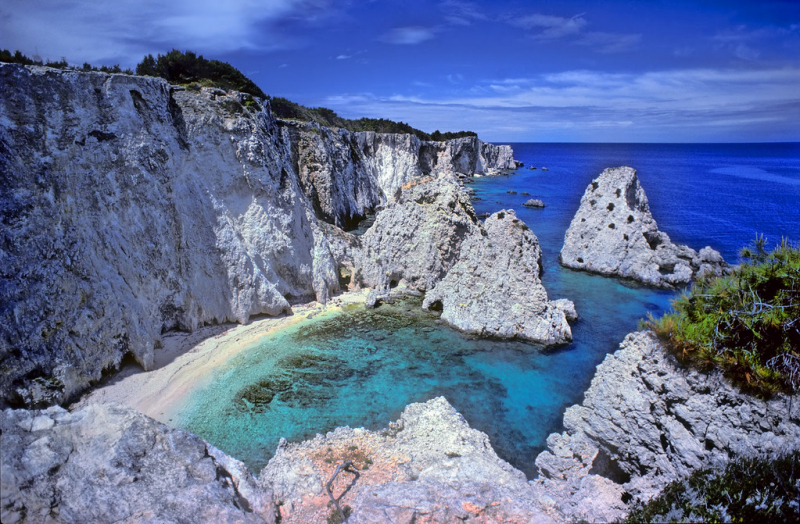
Source: flickr.com











